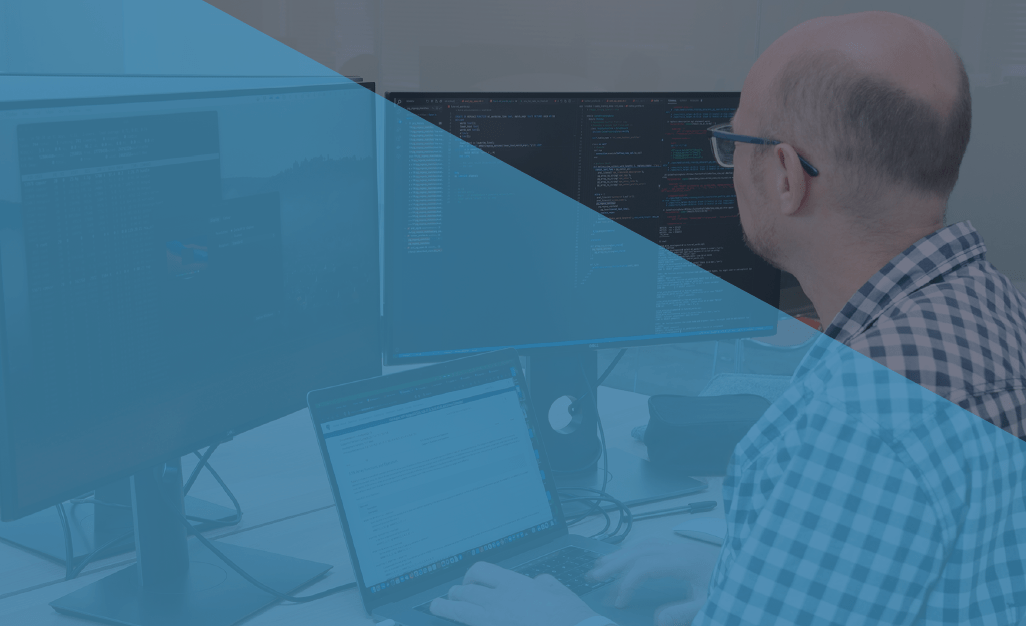The French digital economy development plan of October 2008 identified the deployment of information and communication technologies for health and wellbeing as one of the French government’s investment priorities for the future development of digital applications and services:
“The digital revolution in the world of health is still in its infancy. The production, dissemination and sharing of information is at the heart healthcare. [Digital information] opens considerable opportunities. The elderly, frail, disabled, and sick at home, all need technology to overcome illness, maintain social bonds, get help, and simply live better”.i
This year, “e-Santé”, or e-Health (a term referring to technology-enabled healthcare) is experiencing a dynamic and growing interest among all health stakeholders in France including healthcare organisations, patients, health professionals, and the healthcare industry.
Indeed, the Health 2.0 Europe Conference, held for the first time in Paris in April and the opening a few months later (23rd June) of a government website dedicated to eHealth, http://esante.gouv.fr, is a good indicator of this vitality.
A government “e-Health” website open to all
Through the esante.gouv.fr portal, the Health Shared Information Systems Agency (ASIP Santé), operator of e-Health for the Ministry of Health provides “a platform for information and awareness about the challenges of e-health in France that tries to develop projects and initiatives in this regard”. This website allows all stakeholders to exchange, share and comment on articles online.
Thus, anyone interested in these issues can play a part and contribute to the development of e-health. This website, available in English too, allows for a wider international debate.
The DMP and telemedicine as a spearhead of e-Health
The objective of the DMP or Personal Medical Record (a French Personal Health Record) is to allow a healthcare professional (with the patient’s consent) to access a patient’s “medical memory” via the Internet. The record includes all medical information, diagnostic and therapeutic information reported by healthcare professionals in clinics and hospital, as well as data collected if the patient has stayed in a healthcare facility. This service should be available in December 2010 and will be deployed across the whole of France during 2011.
Such a service will certainly accelerate the development of telemedicine and establish a collaborative mechanism for the care of patients with chronic diseases (which affect 17 million people in France).
Collaborative medicine for patients
Beyond its ability to respond in part to the need to reduce public health expenses, e-Health is intended to be a solution to improve access to information, support and prevention of disease in a networked and collaborative environment. This environment, in which the patient is a stakeholder in their own health whilst being surrounded by a community of professionals with common goals, each having access to the same information is an emerging concept often called “Medicine 2.0“.
Each stakeholder, whether the healthcare professional, patient, government or the pharmaceutical industry is in an environment where information is ubiquitous, shared, commented and evolving. This “social” environment born with the development of new digital communications tools built on ‘web 2.0’ platforms, is changing patients’ views about their health. No longer isolated, they have access to information via the internet. The “patient 2.0“ communicates differently; he’s looking to share experiences, a community online or simply reliable information, and he tries to find these where they occur and where access is the easiest: on the web.
Thus the relationship between stakeholders has changed. This is where communication strategies must evolve in line with this new digital environment. The patient must be at the heart of strategies to best meet their needs, expectations and all the questions surrounding their disease and the “patient ecosystem”.
If this article has made you think about your healthcare engagement strategy in a new way, and you would like to talk to an expert who could help you develop your ideas, Creation Healthcare can help. [intlink id=”contact” type=”page”]Contact us now[/intlink] to find out about our approach to global healthcare engagement strategy.

